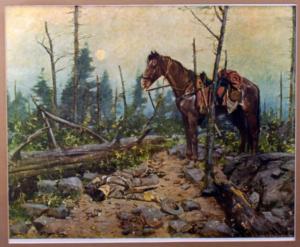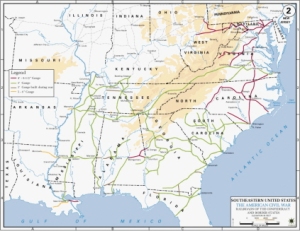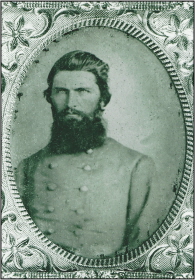For Rosanna Coble, the death of her husband, Private James A. Coble, in the Civil War, was a hard loss as it was for so many widows. She sold his horse, much of the land, and struggled to bring in crops and take care of four

Rosanna Allison Coble
children while not knowing where her husband was buried.
We cannot imagine the hardships of those days. And yet, Rosanna Coble reared children who went out into the world and did well. She was a godly woman who read the Bible. I believe it would have meant so much to her to know that a Union captain cared enough to send a letter to The Jackson Sun asking that someone go find Private James Coble’s remains.
Capt. David Harts was on his deathbed when he wrote that letter in 1914. It was an act of Christian redemption and reconciliation in a time when it was clear war was starting in Europe. America would need to unite against this foe.
Her son, James Coble Jr., became the mayor of Union City and
a successful businessman. At one point, he was a hero, saving lives during a train wreck. And he was a godly man.
I wish that we could talk with her today, have a conversation on the wooden porch, sitting in a rocking chair. I am grateful to my cousin, Don Hull, for sharing the photo of her that he had and a photo of her dress, which he has.
But though I cannot talk with her, I am satisfied that my book, Monument to Healing: Two Soldiers and the Good Death, tells our family’s story and reminds us that as Christians, we must seek to live by the Bible, to offer forgiveness and redemption.



